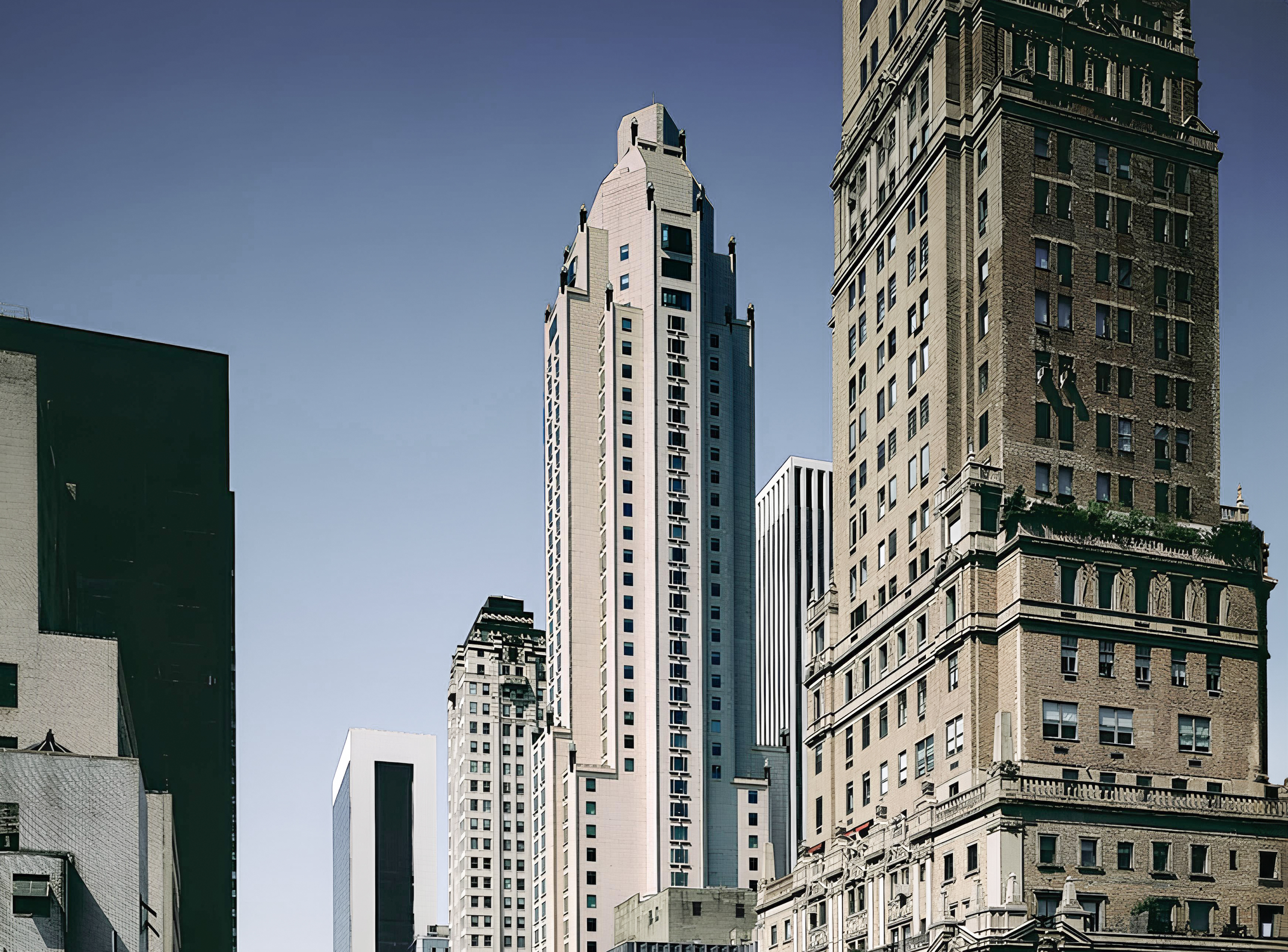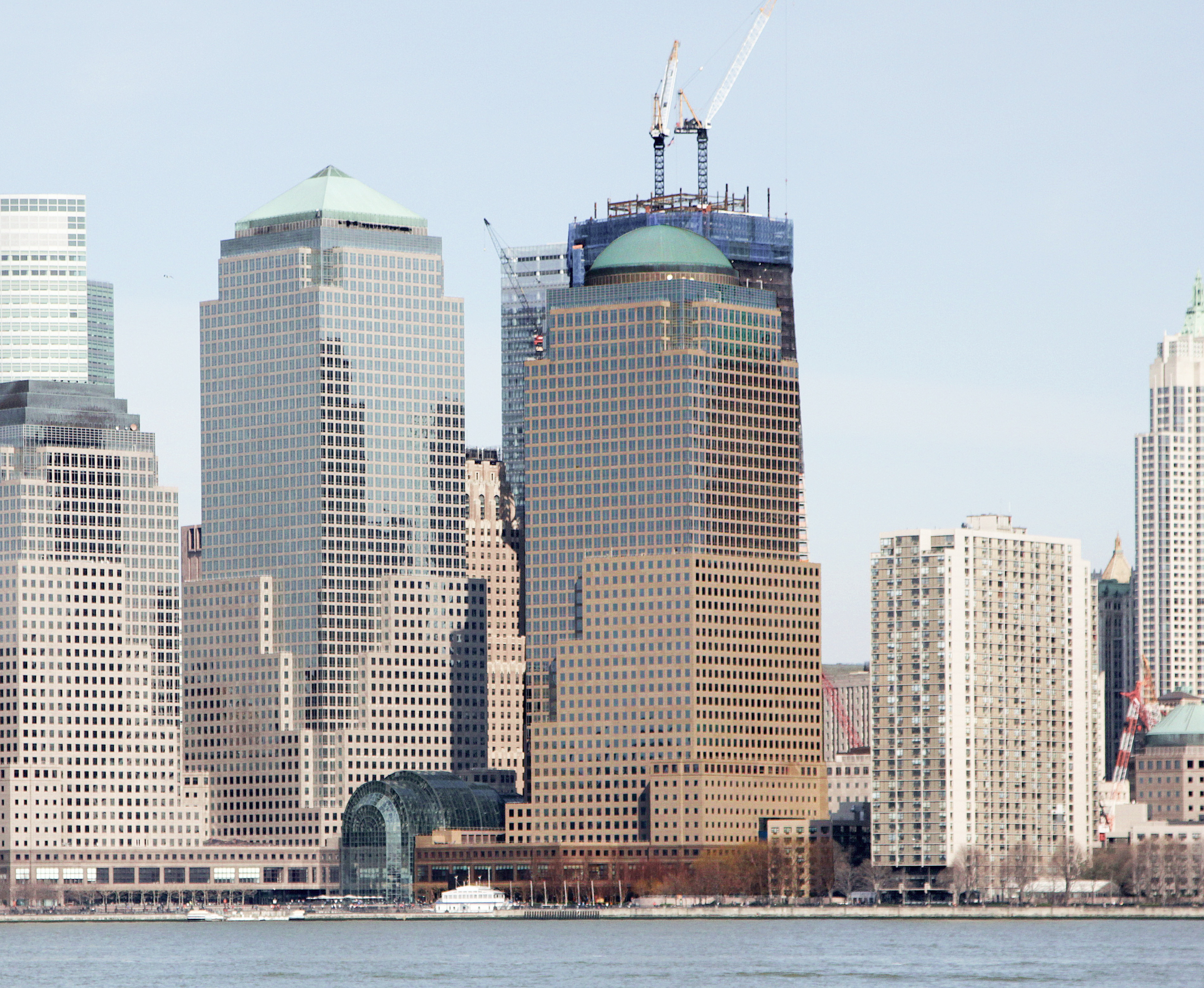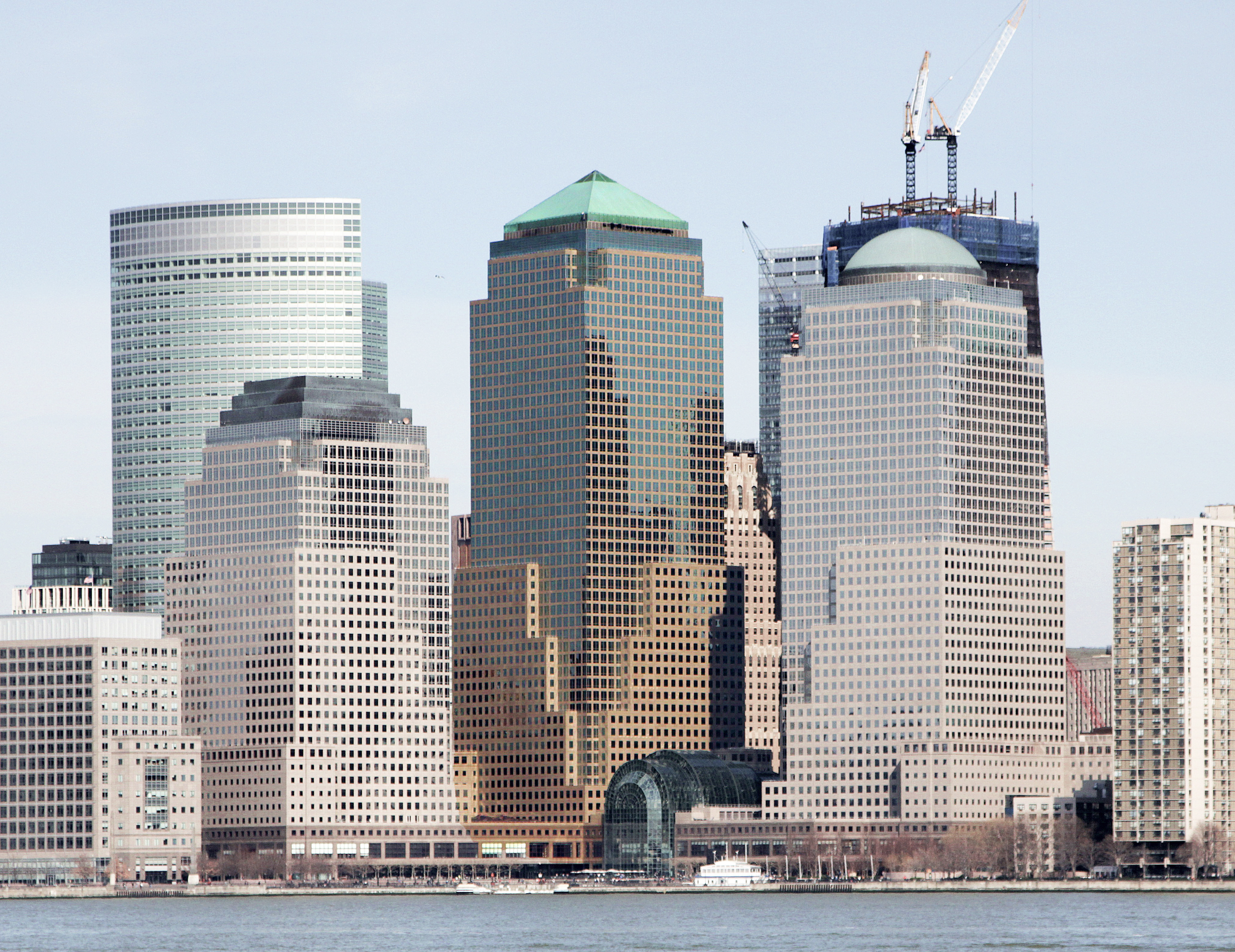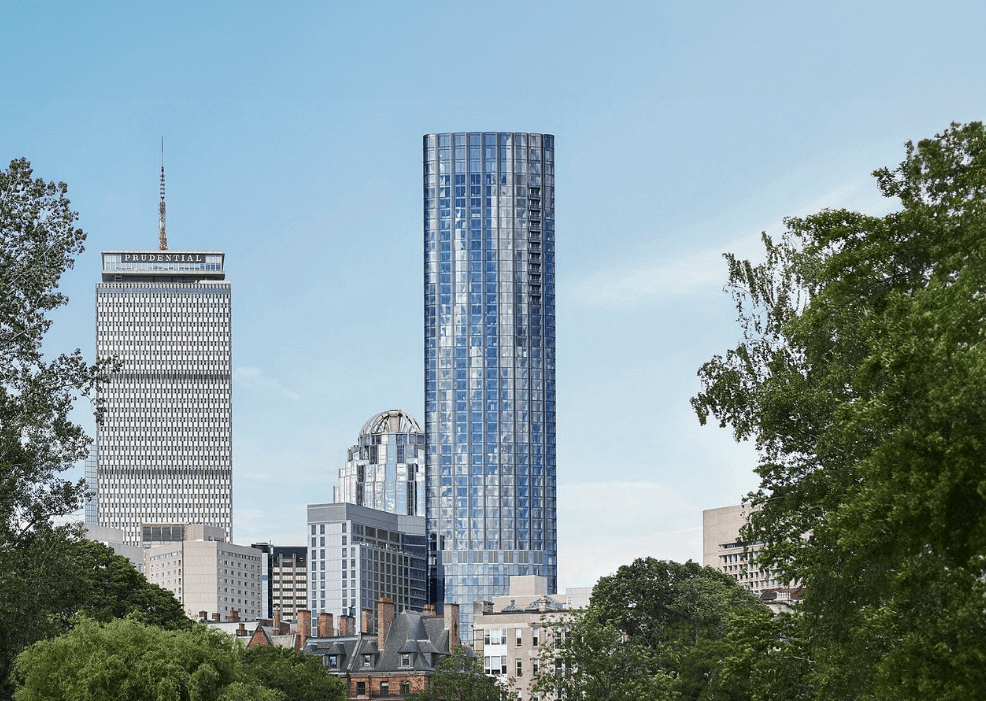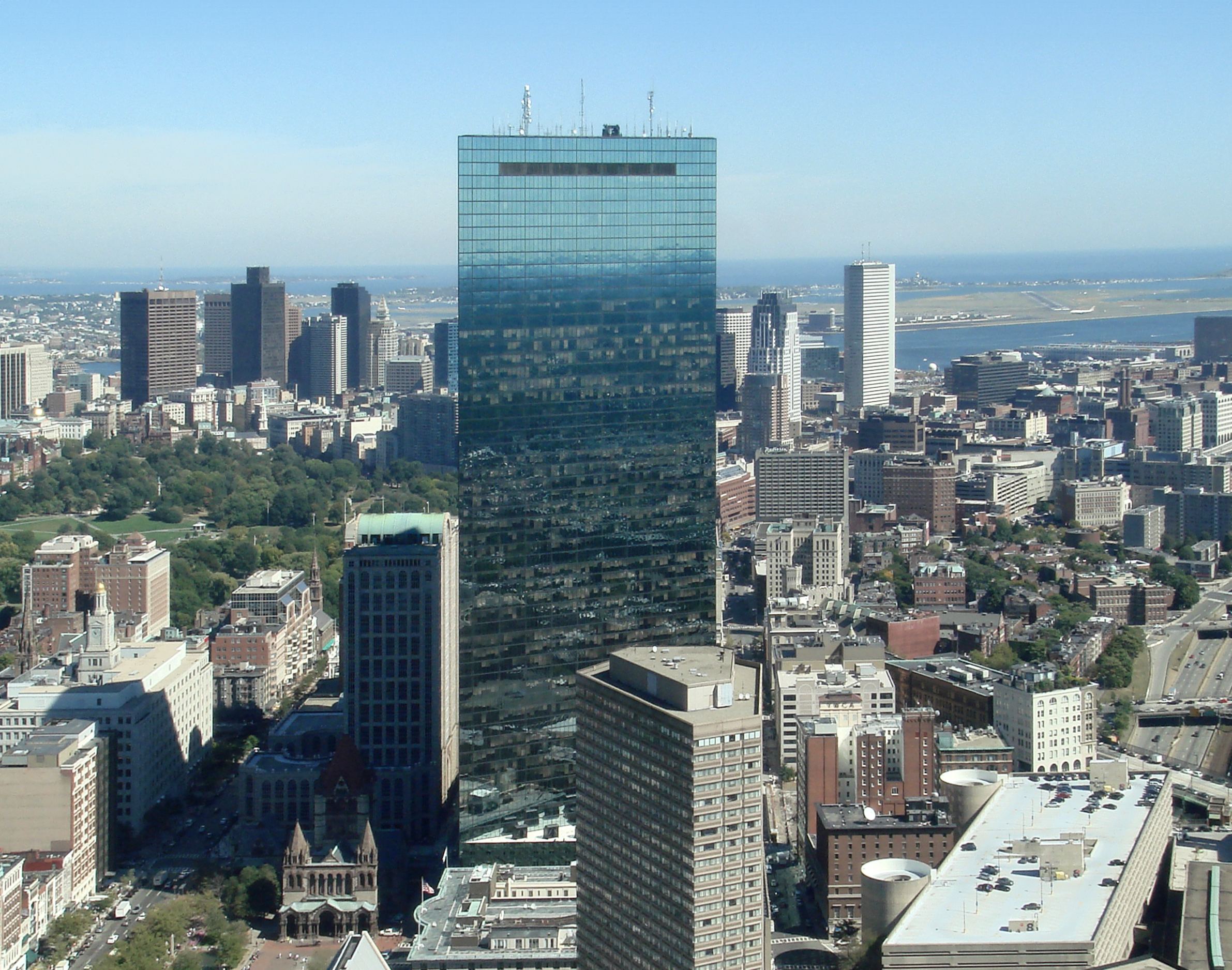The Four Seasons Hotel New York is a Postmodernist skyscraper designed in 1988 by Pei Cobb Freed & Partners, with I.M.Pei as lead architect, in association with Frank Williams and Assoc., and built between 1990 and 1993 in New York, NY.
Its precise street address is 57 East 57th Street, New York, NY. You can also find it on the map here.
The Four Seasons Hotel New York has received multiple architecture awards for its architectural design since 1993. The following is a list of such prizes and awards:
- Annual Tucker Award by the Building Stone Institute in 1994
- Award of Merit by the concrete industry association in 1993
- Annual Award by the East side association in 1993
- Five-Star Hotel Award in 2021
In addition to its 368 luxury suites and studios, the hotel features the spectacular Ty Warner Penthouse, the world's most expensive one-bedroom suite, priced at $50,000 per night. The building's owner, Ty Warner, despite not being an architect, was intimately involved in the 2016 renovation. He worked closely with the trades involved and personally selected the materials to be used..
The building underwent a major restoration in 2016. The architect commissioned to undertake this restoration was .
